Tel Aviv, 26 Rabiul Awwal 1434 H/6 February 2013(MINA) – US President Barack Obama plans to visit West Bank on March 20th to restart the Middle East peace process, according to Palestinian news agency, Ma’an report monitored by Mi’raj News Agency (MINA), Wednesday.
The American leader will be in the region preparing for a March 20 th visit in Israel as well as the West Bank. Obama’s trip will come after the new Israeli coalition government is sworn in. He will try to push forward peace negotiations between Israel and Palestinian government.
The White House spokesman Jay Carney told that Obama planned to visit the West Bank and Jordan as part of the upcoming trip to the Middle East.
Earlier, Carney confirmed Obama would travel to Israel in the spring, his first trip to the country since taking office, but dates for the trip were not released. Obama will meet Israeli Prime Minister Benjamin Netanyahu and Palestinian and Jordanian leaders during the tour, Carney said.
A White House official told that Obama and Netanyahu will discuss the matter in a telephone call on Jan. 28.
“The start of the president’s second term and the formation of a new Israeli government offer the opportunity to reaffirm the deep and enduring bonds between the United States and Israel and to discuss the way forward on a broad range of issues of mutual concern, including Iran and Syria,” the official said.
“Additional details about the trip — including the dates of travel — will be released at a later time.” He added
Illegal Zionists settlements
West Bank now is well known as Israeli settlements in the occupied territories commonly referred to as simply Israeli settlements are the Jewish civilian communities built on land that was captured by Israel from Jordan, Egypt and Syria during the 1967 Six-Day War.
Also Read: Israeli Occupation Forces Kidnap Dozens of Palestinians in Raids Across West Bank
Such settlements currently exist in the West Bank, East Jerusalem, and in the Golan Heights. The settlements in the West Bank and East Jerusalem are built either on part of the proposed Arab state, or on part of the proposed Special International Regime for the City of Jerusalem. Both were originally proposed by the Plan of Partition attached to Resolution 181 of the General Assembly of 29 November 1947.
Settlements also existed in the Sinai and Gaza Strip until Israel evacuated the Sinai settlements following the 1979 Israel-Egypt peace agreement and unilaterally disengaged from the Gaza Strip in 2005.
Israel dismantled 18 settlements in the Sinai Peninsula in 1982, and all 21 in the Gaza Strip and 4 in the West Bank in 2005 but continues to both expand its settlements and settle new areas in the West Bank in spite of the Oslo Accords, which specified in article 31 that neither side would take any step that would change the status of the West Bank and the Gaza Strip pending the outcome of the permanent status negotiations.
However, Israeli settlement expansion has continued unabated
Also Read: Israel Continues Demolitions and Detonations in Jenin Refugee Camp for 314th Consecutive Day
The international community considers the settlements in occupied territory to be illegal.
Israeli neighborhoods in East Jerusalem and communities in the Golan Heights, areas which have been annexed by Israel, are also considered settlements by the international community, which does not recognise Israel’s annexations of these territories.
The United Nations has repeatedly upheld the view that Israel’s construction of settlements constitutes violation of the Fourth Geneva Convention.The International Court of Justice also says these settlements are illegal and no foreign government supports Israel’s settlements.
In April 2012, UN secretary general Ban Ki-Moon, in response to moves by Israel to legalise Israeli outposts, reiterated that all settlement activity is illegal, and “runs contrary to Israel’s obligations under the Road Map and repeated Quartet calls for the parties to refrain from provocations.
Also Read: Israeli Occupation Authorities Expand Control Over Ibrahimi Mosque
Similar criticism was advanced by the EU and the US. Israel disputes the position of the international community and the legal arguments that were used to declare the settlements illegal.
As of December 2010, Israelis live in the 121 officially-recognised settlements in the West Bank, 192,000 Israelis live in settlements in East Jerusalem and over 20,000 live in settlements in the Golan Heights.
Settlements range in character from farming communities and frontier villages to urban suburbs and neighborhoods. The three largest settlements, Modi’in Illit, Maale Adumim and Betar Illit, have achieved city status, with over 30,000 residents.
Israeli policies toward the settlements have ranged from active promotion to removal by force. The last new West Bank settlement to be authorised by the Israeli government was in 1999.
Also Read: Violent Clashes Erupt in Jenin After Israeli Military Raid
The ongoing expansion of existing settlements by Israel and the construction of settlement outposts is frequently criticized as an obstacle to the peace process by the Palestinians and third parties, including the United Nations, Russia, the United Kingdom, the European Union, and the United States.
In July 2012, the UN Human Rights Council decided to set up a probe into Jewish settlements. Israel responded by saying it would bar the Council’s experts from access to the sites. (T/P04/E1)
Miraj News Agency(MINA)
Also Read: Israel Continues to Block Aid into Gaza, Violating Ceasefire Agreement








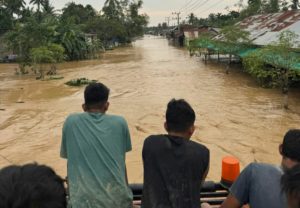
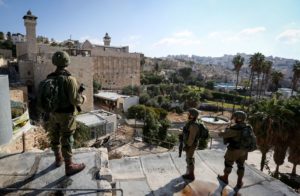


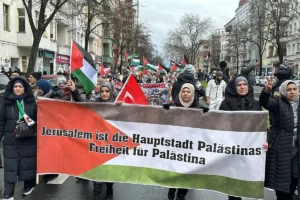
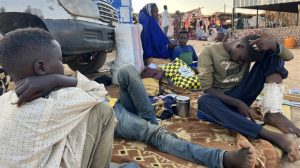



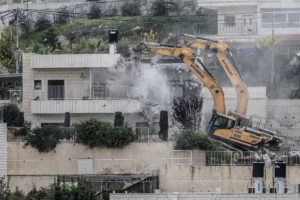
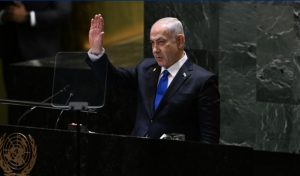
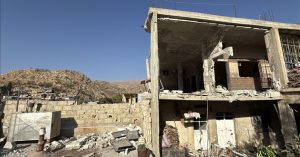



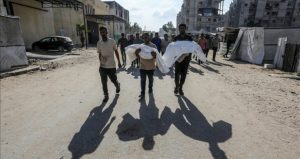



 Mina Indonesia
Mina Indonesia Mina Arabic
Mina Arabic